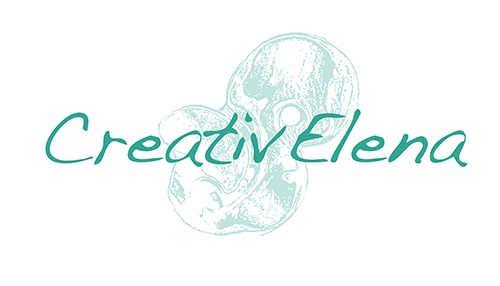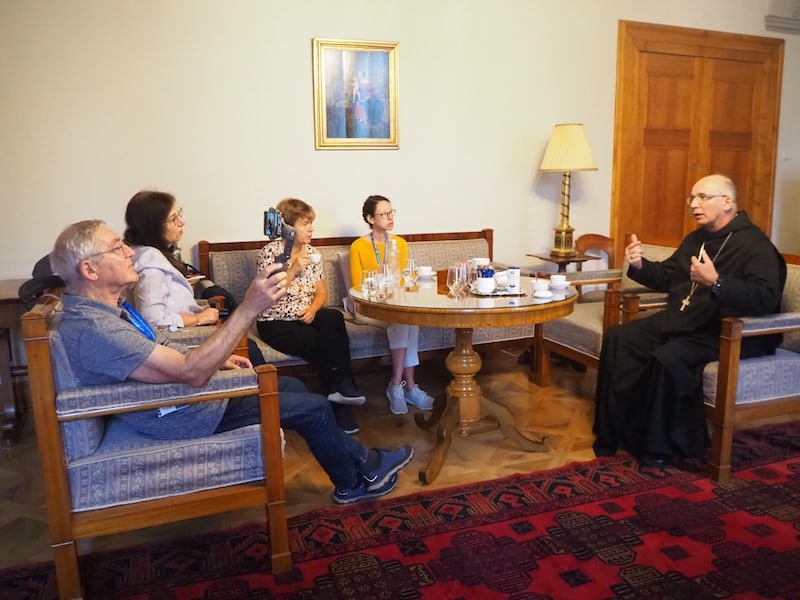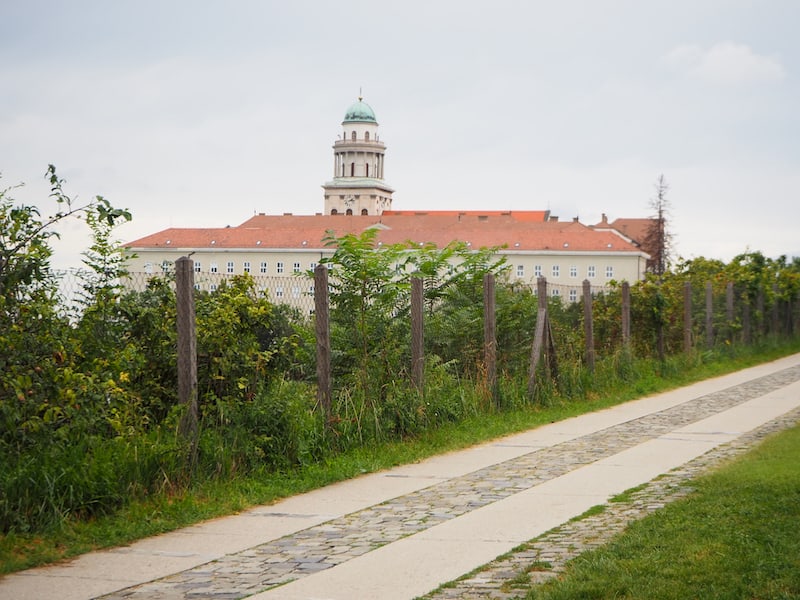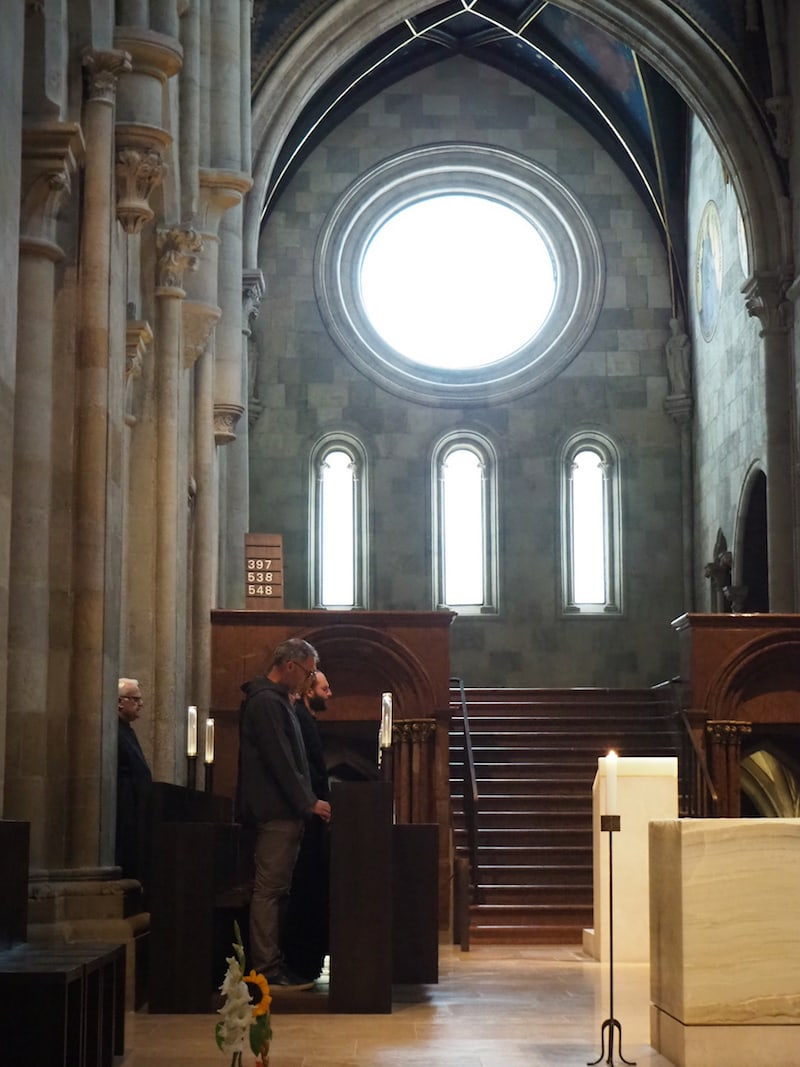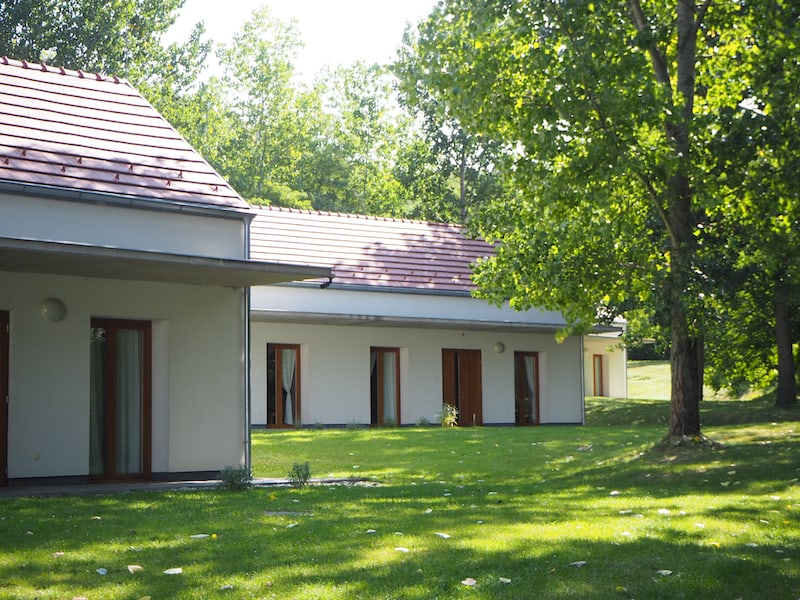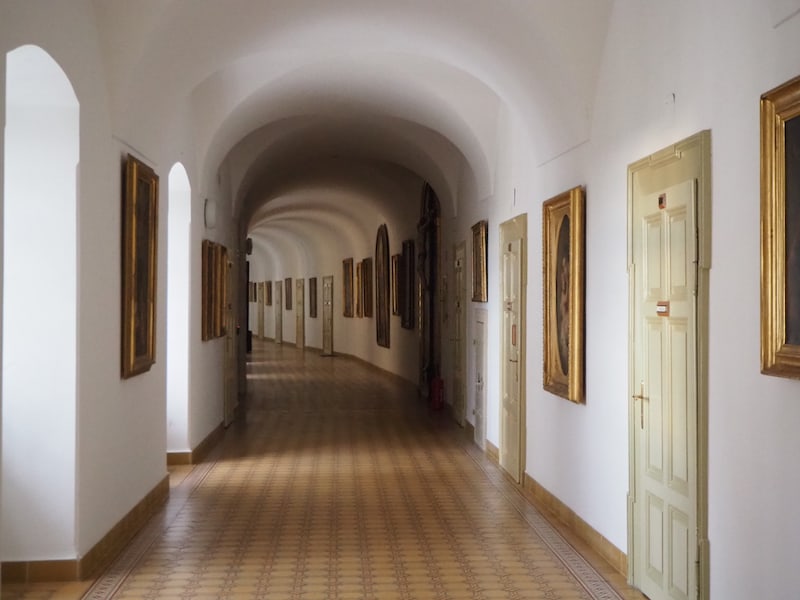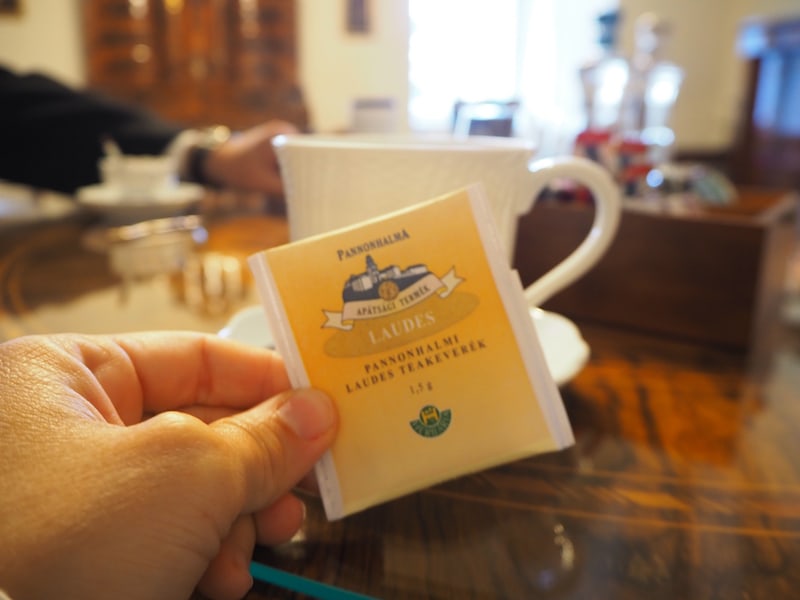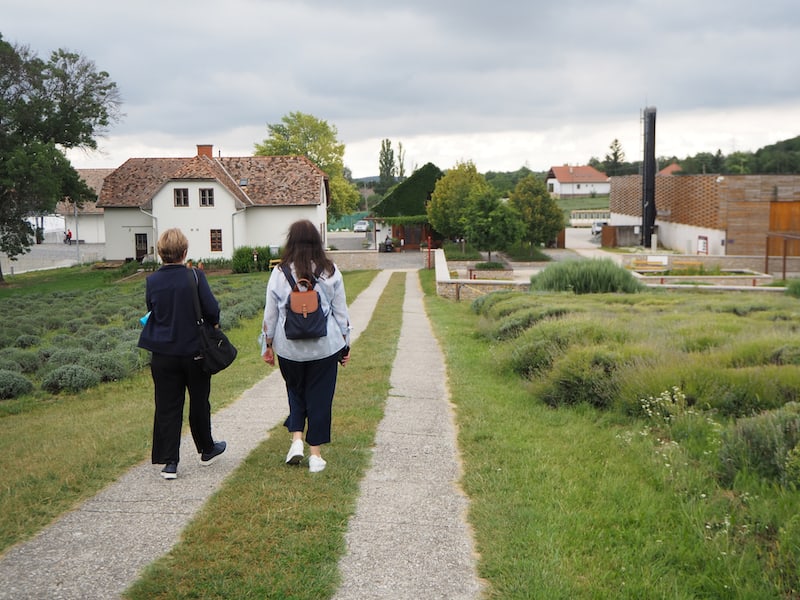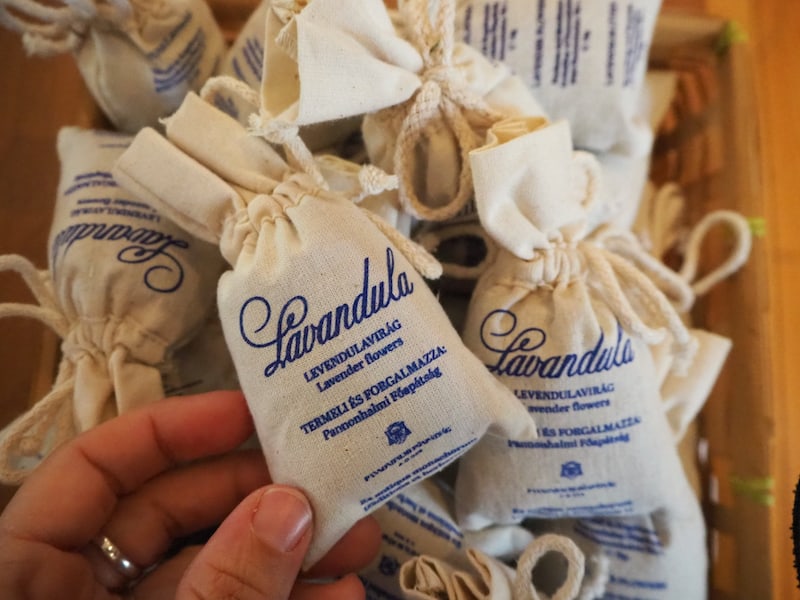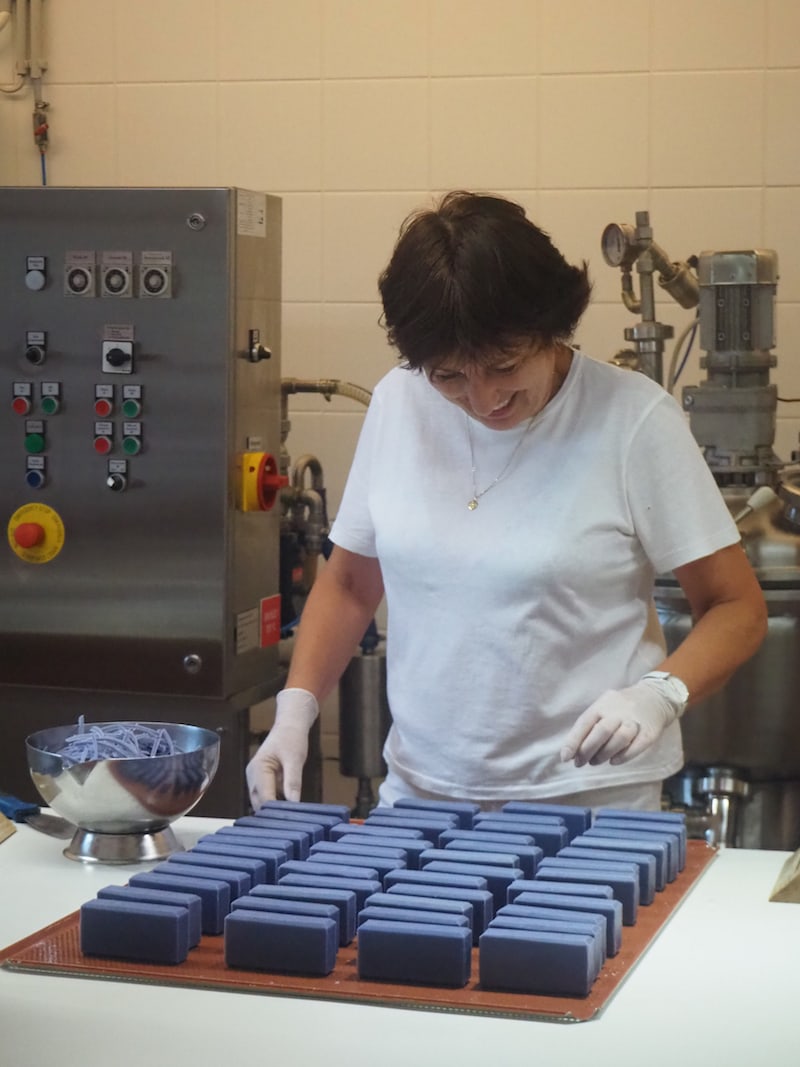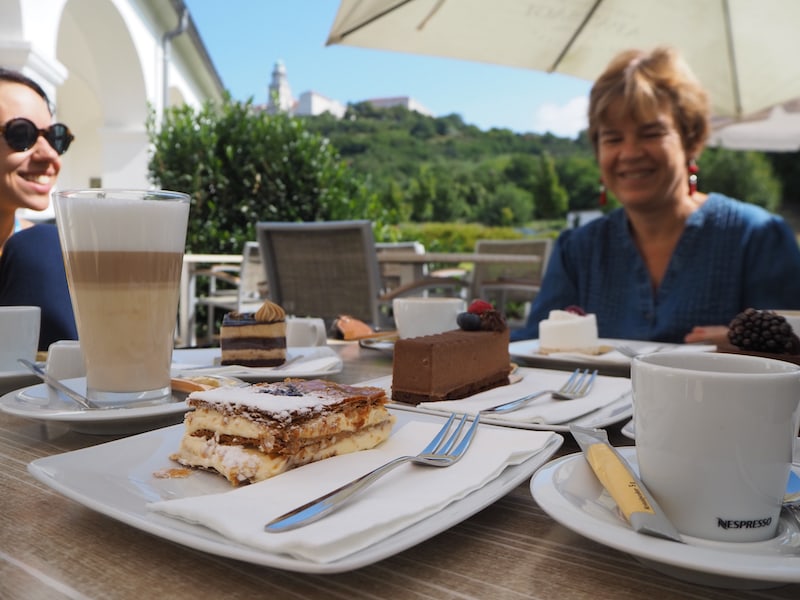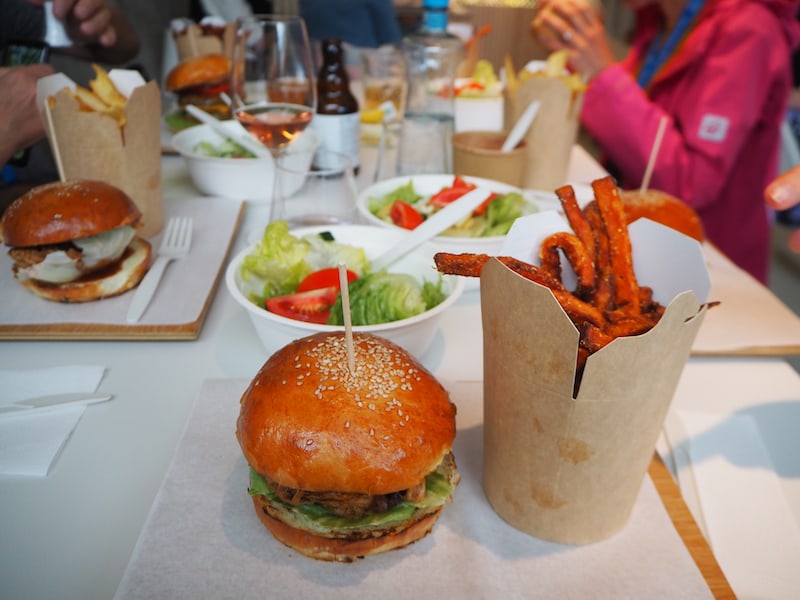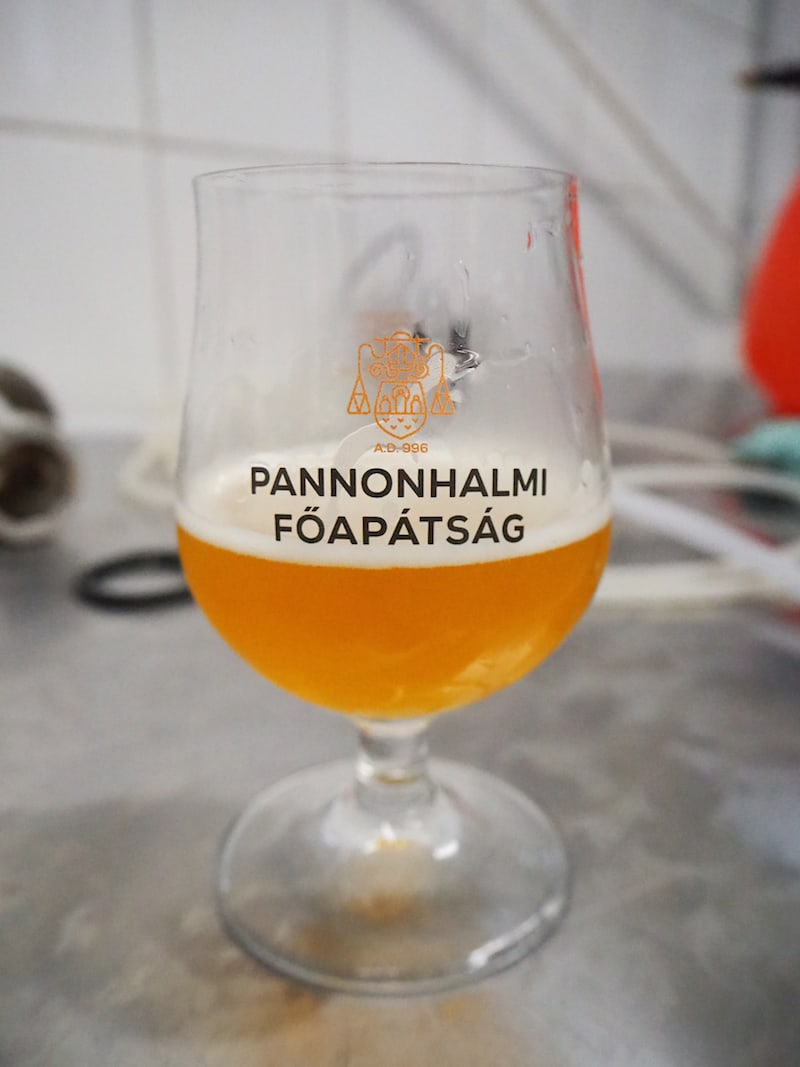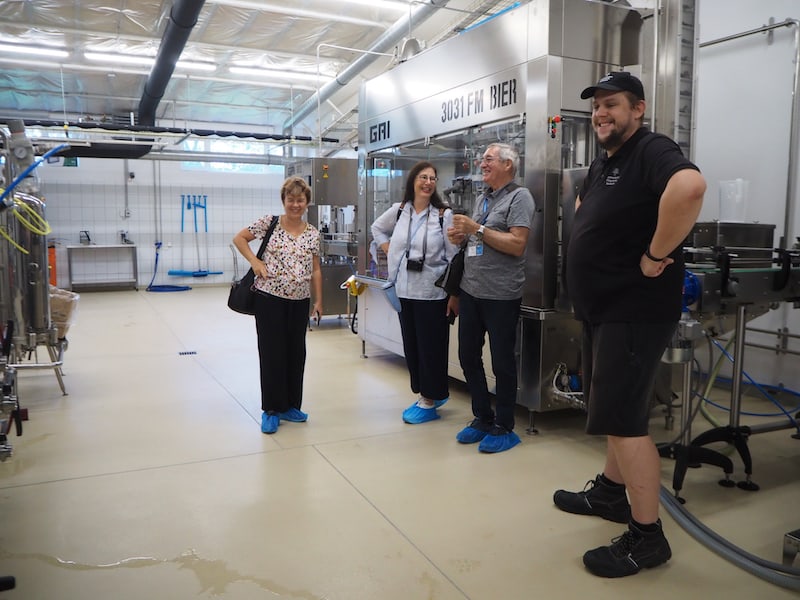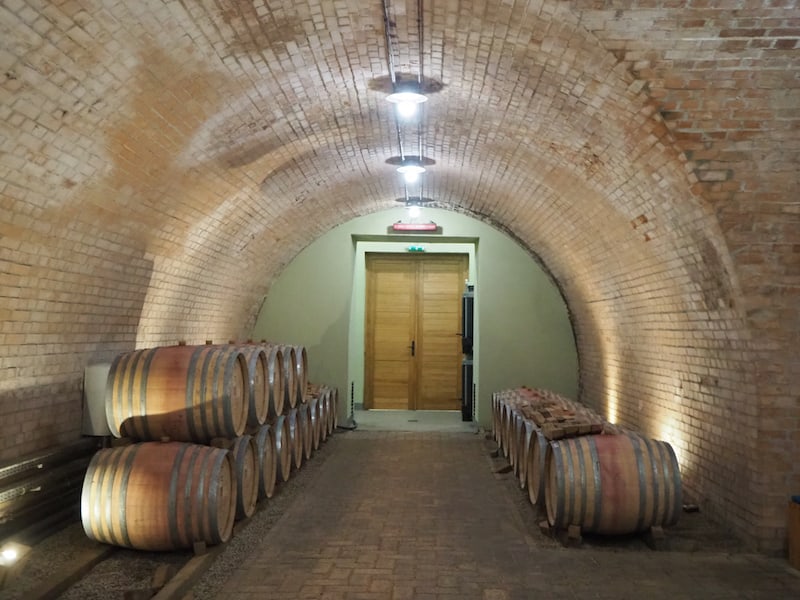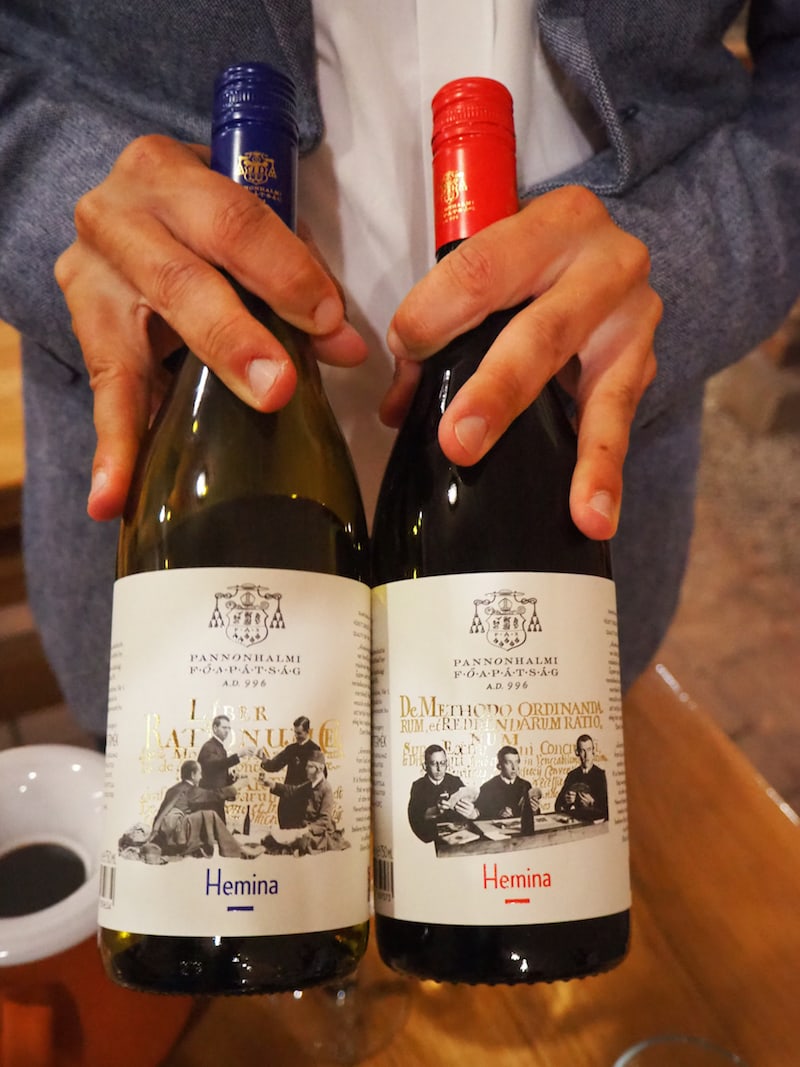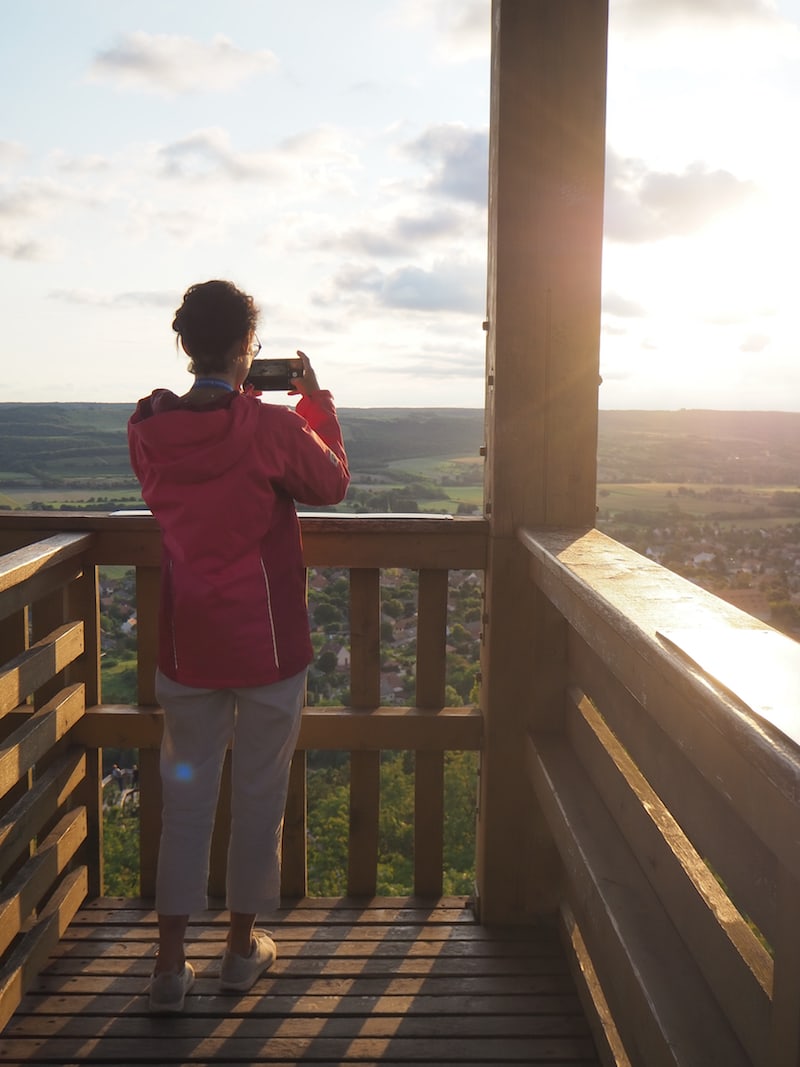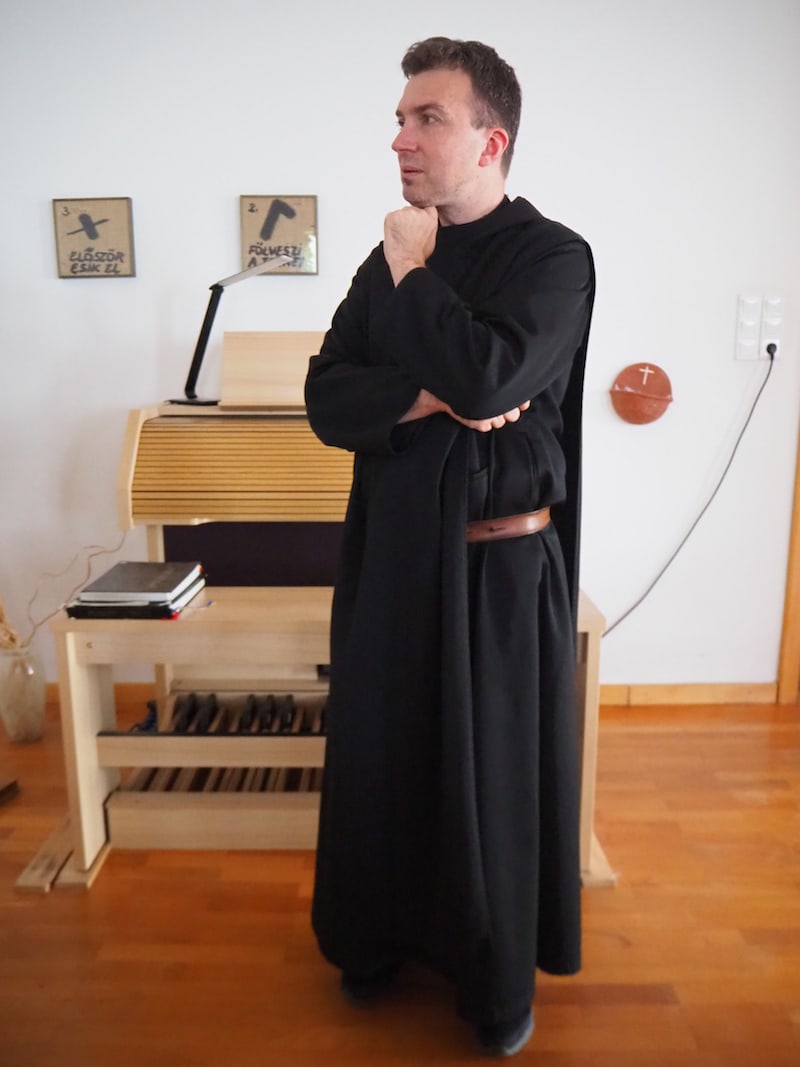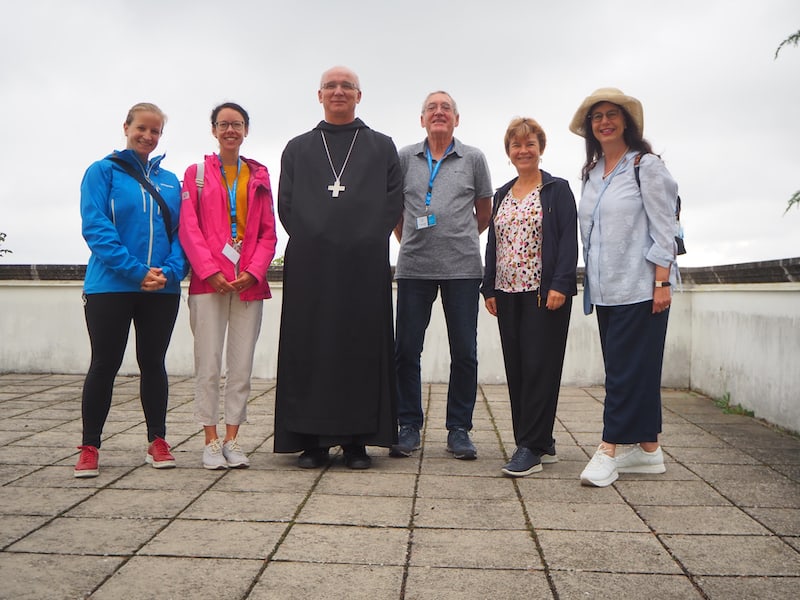Just under two hours’ drive from Vienna, and only a little further south of the city of Györ, you will find a true “gem of human history”: the Archabbey of Pannonhalma (literally: the “Pannonian hill”). Its thousand-year history was recognised early on as a UNESCO World Heritage Site; moreover, Pannonhalma was founded directly by monks of the first Benedictine Order in Montecassino. Above the simple village of the same name, which is trying to shake off the last traces of communism, you will find a mighty building complex that has lived by a lot of change. “We were part fortress, part dissolved; then largely expropriated under communism,” Abbot Cirill tells us during our personal conversation, to which he serves “Laudes” herbal tea harvested in the monastic herb gardens. “The fall of communism has prompted us to rethink many of the archabbey’s traditional economic sectors. Our winery now is a top modern, internationally viable business; recently we have also built a brewery that brews beer according to Trappist rules.” We learn these and many other interesting facts by conversing with the cheerful and cosmopolitan abbot in his office, who also meets us on Instagram: “My students set up Facebook and Instagram for me,” he smiles modestly. With over 2000 followers, he is already an influencer 😀
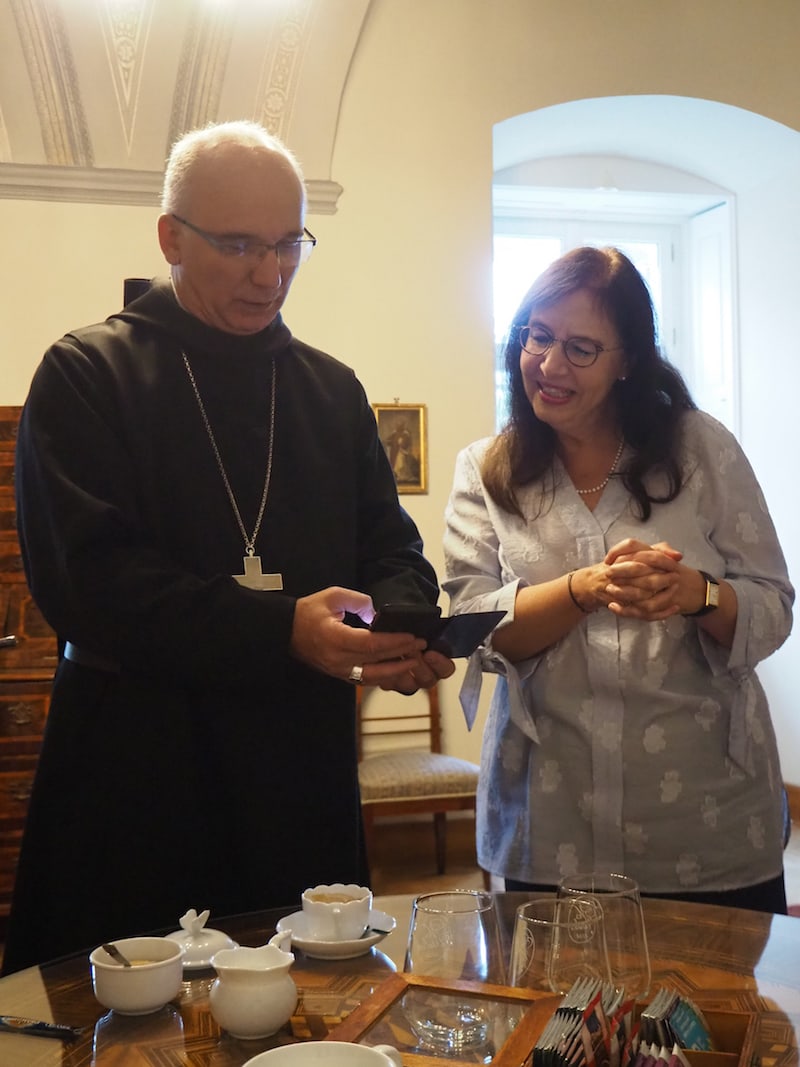
… he talks to us about all matters related to the abbey, and also lets us in on his Social Media accounts …
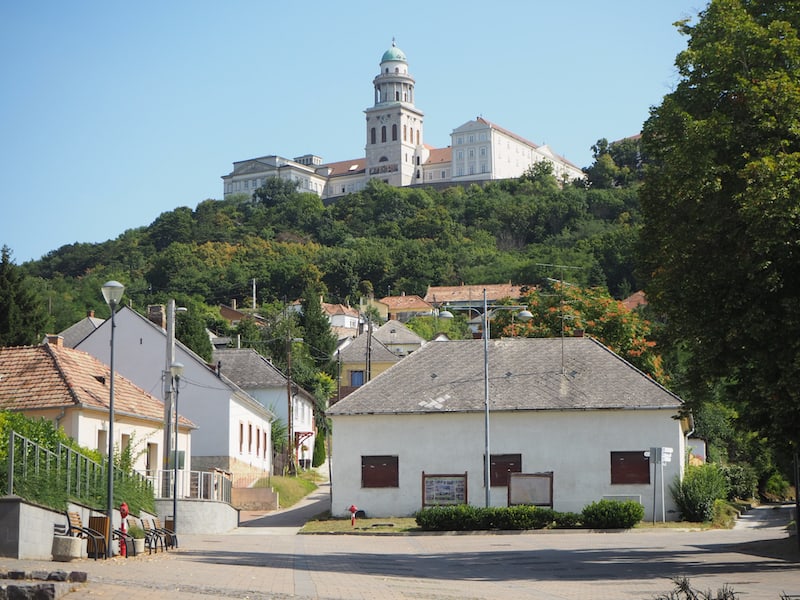
… and you should visit Pannonhalma and its village by the same name, not only for its wonderful views but for its fascinating history and culture, too.
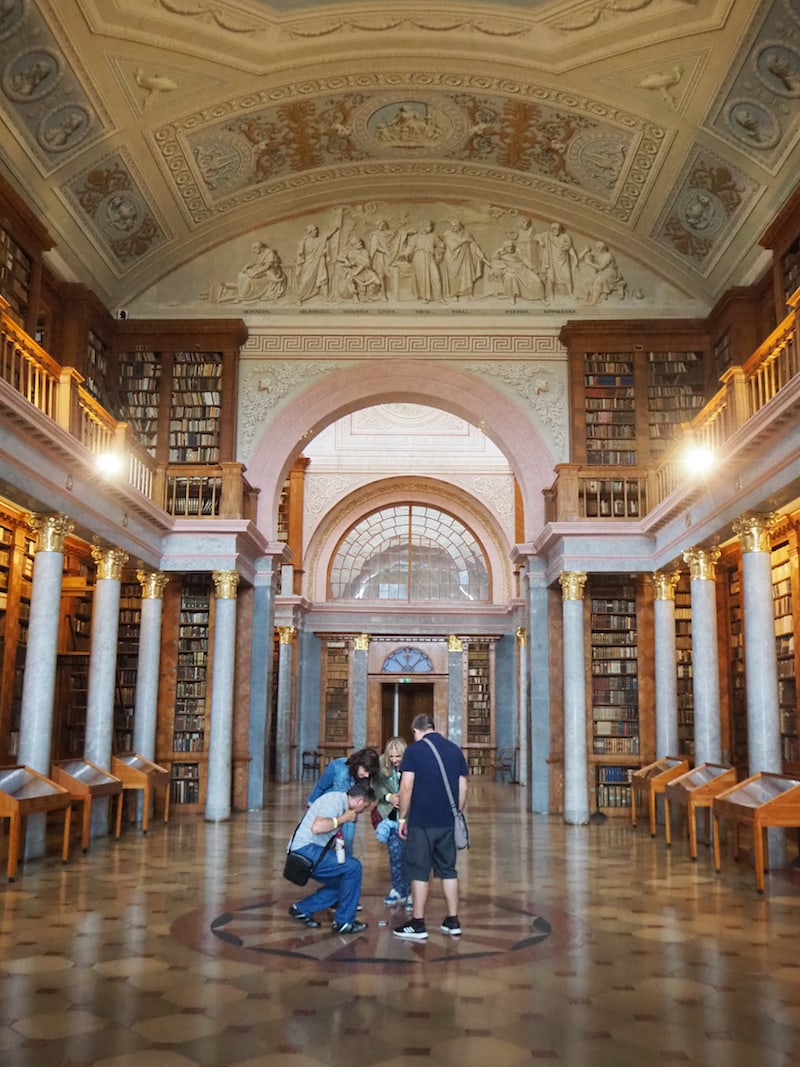
Did you know that the library of the Archabbey of Pannonhalma, for example, has almost half a million books (over 400,000!)? About half of them can be seen during the visit. Its volume far exceeds that of Austria’s largest monastic library in Admont (with around 200,000 books in total)! Unbelievable!
You may also stay as a guest at the Archabbey of Pannonhalma.
This leaves you with even more time to get to know and enjoy the many areas of the monastery at leisure. There are a number of associated businesses: the abbey’s lavender fields with the associated fragrance museum, Café Pausa down in Pannonhalma’s village square, Bistro & Restaurant Viator (the latter is one of the best restaurants in the country!), the winery and the brewery. The latter is a five-minute’s drive away from Pannonhalma; all other businesses can be visited directly inside and around the abbey.
Accommodation is also available in the abbey’s youth centre with dormitories and, on request, right in the abbey itself. The construction of a hotel is something the abbey still plans for the future. As guests of “Klösterreich”, we could sleep directly in the abbey right next to the monks’ cloister!
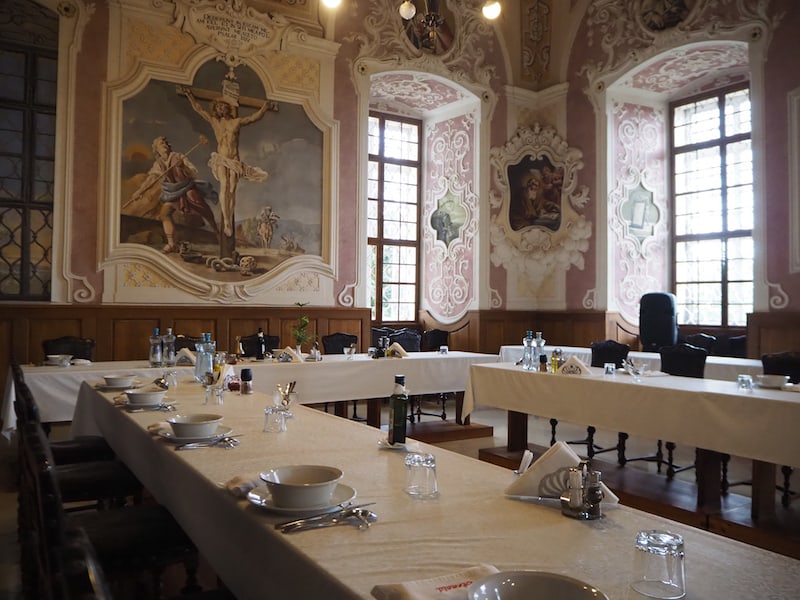
During the tour with abbot Cirill, we are allowed a look at the monks’ magnificent dining hall, the so-called refectory …
Do take time to visit the aromatic herb and lavender fields of Pannonhalma.
The latter are in bloom during the period of June / July; we could only imagine their scent during our visit at the end of August! The large herbarium, the lavender fields as well as the new, interactive fragrance museum are worth the slight descent into the extensive gardens of the Archabbey of Pannonhalma. I’m particularly taken with the fragrance museum; in the associated shop I enjoy lavender and fruit ice cream, as well as another summery tea from the garden. Check this out.
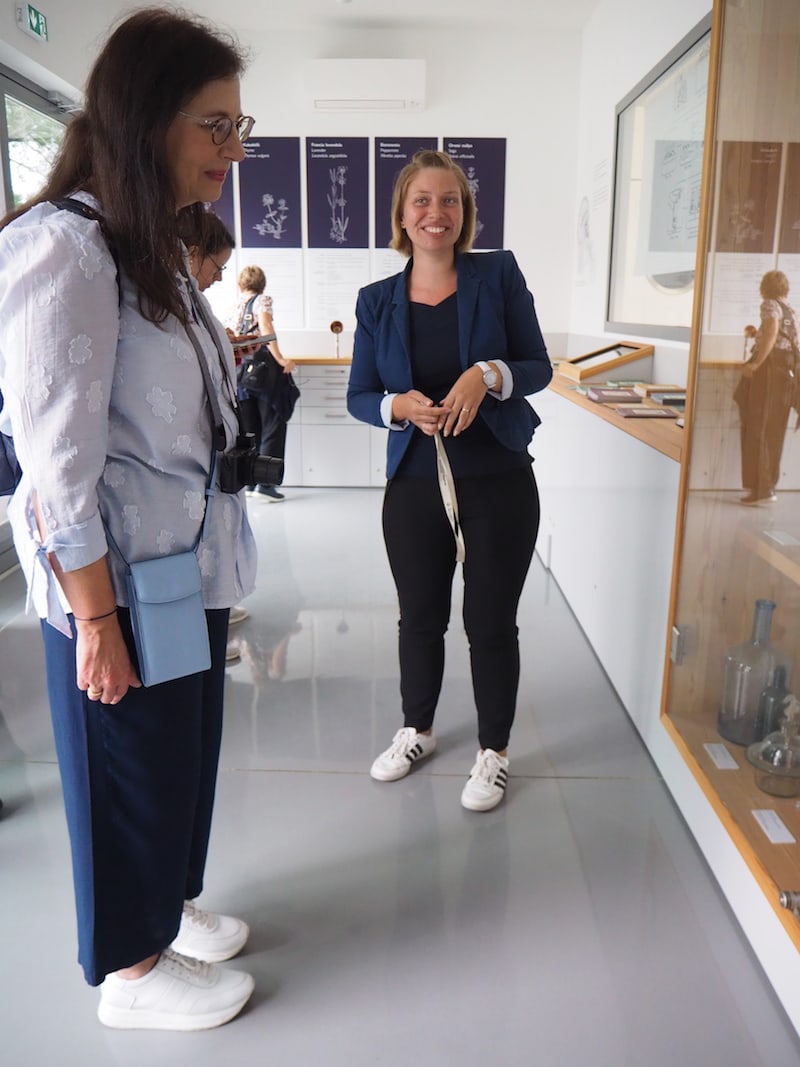
The fragrance museum is especially worth the visit. Thank you, Barbara, for taking the time to show us around!
As a foodie, I recommend you head to Viator Bistro, Café Pausa, the Archabbey brewery as well as the winery.
For lunch or light snacks in between, I can recommend Viator Bistro. It is located about halfway between the abbey and the village of Pannonhalma, along the access road. At the bistro we enjoy salad, soup, fresh burgers and also the lavender syrup that the monastery produces. The Café Pausa right down in the village of Pannonhalma offers matching puff pastry lavender cake (tastes heavenly!): Definitely try!
Our visit to the winery & brewery of the Archabbey of Pannonhalma is helped by two young, dedicated men: brewer Martin, who was a student at the abbey’s grammar school and contacted abbot Cirill about the vacancy via Facebook (obviously the recruitment worked out well!), and wine merchant Tamás, who is responsible for sales and marketing at the abbey’s winery.
The two varieties you see here are called “Hemina”. They tell the story of the drinking cup Hemina, which was a way to measure alcohol intake among the monks of the Holy Benedict; he advised them, when asked how much beer or wine they should drink as monks, to “drink one Hemina a day”. This was the measure of what one would tolerate well, and “drink so that you come closer to God, not move away from Him”.
A clever statement, I think, and one that we should remember even in modern times. Because even then, the Holy Benedict basically said nothing else than to enjoy alcohol in moderation!
Top views from the recently built lookout tower over the Archabbey of Pannonhalma, the village below and Western Hungary.
Finally, to conclude your visit, you can walk past the chapel towards the newly built “Treetop Walk“, and also climb the newly built lookout tower. All these points are well signposted near the visitor centre and the entrance to the abbey itself.
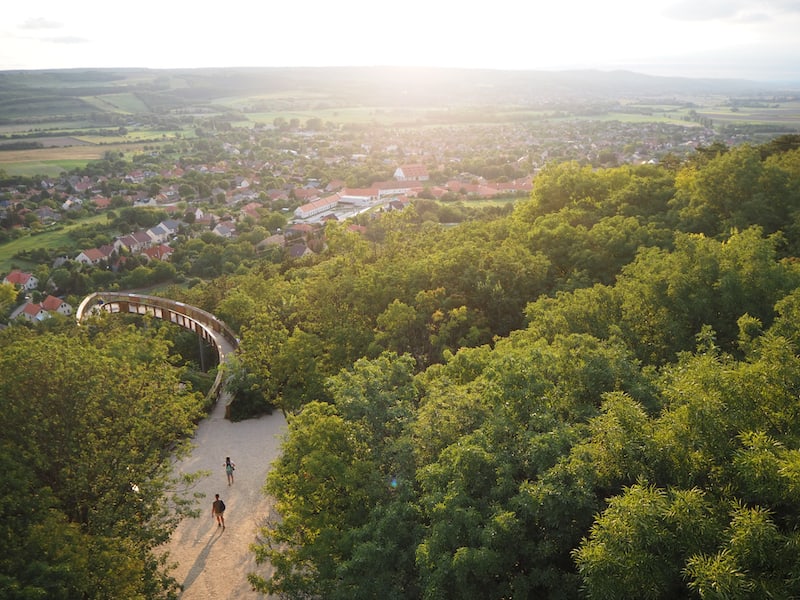
… offers a 360° panorama, including the treetop walk as well as the village of Pannonhalma down below.
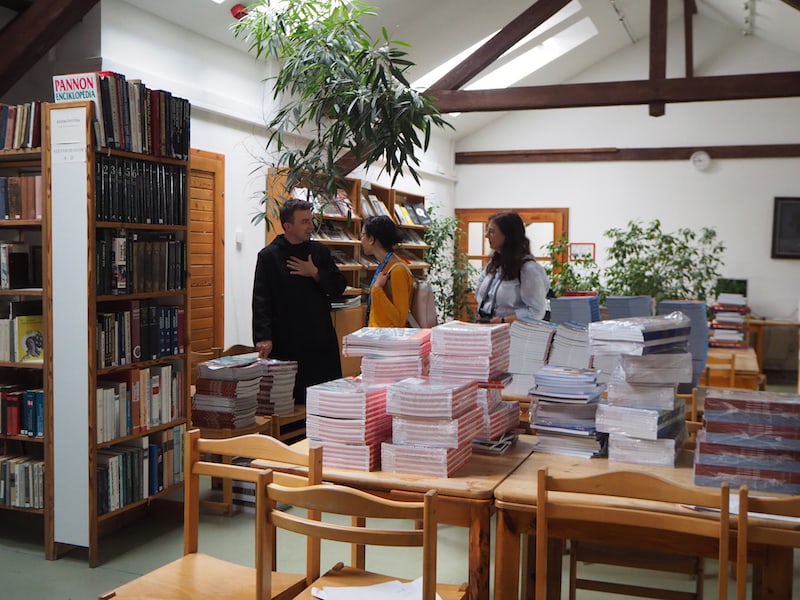
… for taking us around the school building soon welcoming more than 300 students after the summer holidays …
Check out even more pictures about our visit to the Archabbey Pannonhalma here:
My Hungarian colleague Eva Kisgyorgy, who publishes on “Travellina”, has also written about her impressions of visiting the Archabbey Pannonhalma in Hungarian – and talks especially about the beautiful lavender fields and her experience at Viator Restaurant.
Disclaimer: We have been invited by the Austrian Association of Monasteries, Abbeys & Convents “Klösterreich” on this trip to Pannonhalma. All opinions are my own.
